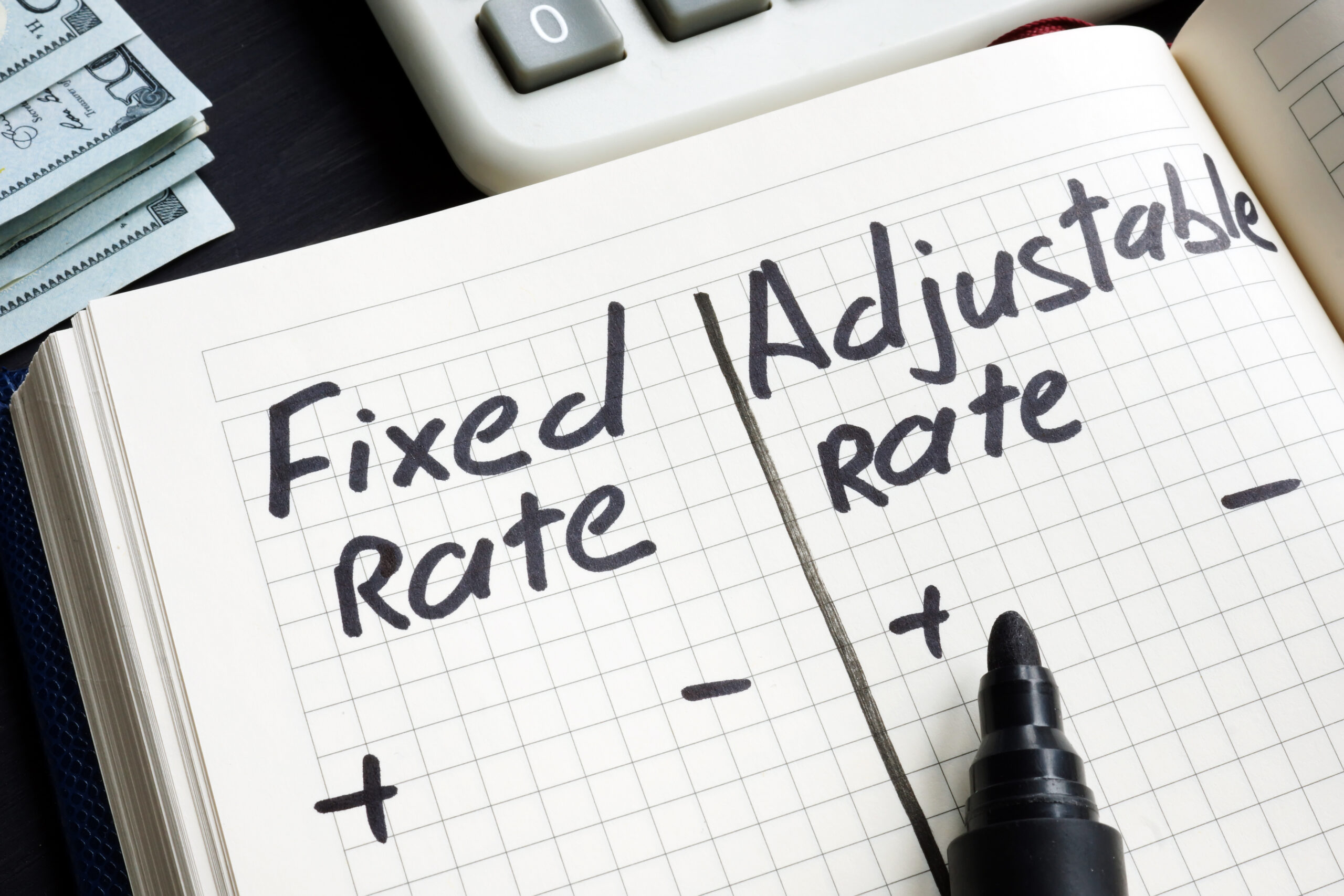If you have an adjustable-rate mortgage—commonly referred to as an ARM—you may be wondering when and if you should refinance to a fixed rate home loan. There are numerous factors you should consider when you think about refinancing, and even more to think about when it comes to making the switch from an ARM to a fixed rate mortgage.
What’s the Difference Between ARMs and Fixed Rate Mortgages?
Both of these loan options are quite self-explanatory when you consider their names. An adjustable-rate mortgage is just that, a mortgage with a rate that adjusts over time based on market conditions, while fixed rate mortgages have a stable, secured rate for the life of the loan.
Timing is Everything
When deciding whether to refinance any loan, you want to consider timing. The timing is largely dependent on your unique financial situation but also the state of market at large. A major factor to consider is your credit score; is it high enough to secure a desirable interest rate? If your credit score is lacking, you are likely better off waiting until it improves before refinancing. Luckily, your credit score is not set in stone and there are things you can do to improve it. Another aspect to think about is whether you will be able to afford the closing costs associated with a refinance. Will the benefits of a lower monthly payment will outweigh the price of having to pay closing costs? Depending on the decrease in your monthly payment, a refinance might not be the best option. You will of course also need to look at the market and what rates are. If you are going to end up with a higher rate, especially if it would be considerably so, you’ll likely want to hold off on pursuing a refinance. But if rates have been climbing, it may be better to refinance to the current rate in a fixed rate loan rather than risk having your rate continue to adjust higher and higher. Your best bet for determining whether now is a good time to refinance is to talk to a mortgage professional.
Think About Your Goals
At the end of the day, whether a refinance is in your best interest comes down to your specific situation and your goals. How long do you plan to stay in this home? If you are thinking about moving soon or before your rate changes, it is probably not worth refinancing. Will you secure a substantially lower rate that will result in a lower payment? That could still save you money during the time you are in this home despite paying closing costs. If you plan to stay in your home long-term, refinancing to a fixed rate loan can be a smart decision. If current rates are low and you can secure that lower rate for the remaining life of your loan, that will eliminate the risk of fluctuating rates associated with an ARM.
If you are thinking about refinancing your mortgage, contact one of our knowledgeable Loan Officers today to discuss your options.


